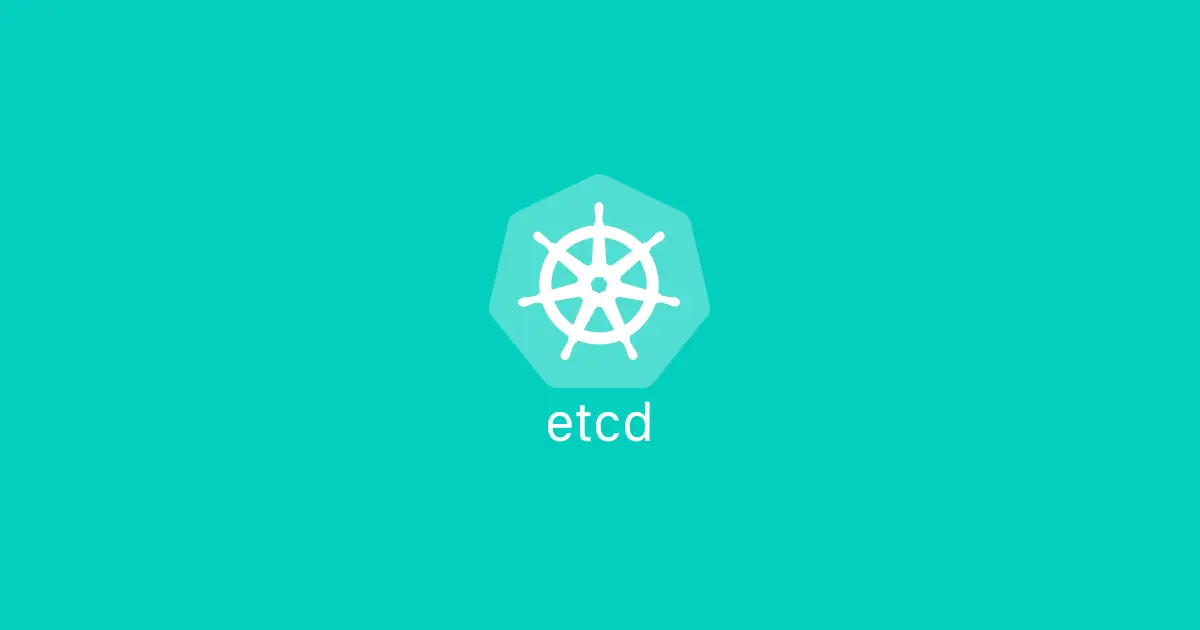Exploring the Inner Workings of Kubernetes etcd
Kubernetes is a popular container orchestration platform that manages the deployment, scaling, and management of containerized applications. At the heart of Kubernetes lies etcd, a distributed key-value store that acts as the primary data store for the Kubernetes cluster.
In this blog post, we’re going to explore the inner wrokings of Kubernetes etcd. We’ll cover the basics of etcd, its role in Kubernetes, and delve into specific topics such as the Raft Consensus Algorithm, Leader Election, Snapshotting, and more.
What is etcd?
etcd is a distributed, consistent, and highly available key-value store used to store and retrieve configuration data. It provides a reliable and fault-tolerant data storage solution that is essential for Kubernetes to function properly. etcd is written in Go and uses the Raft consensus algorithm to ensure data consistency across multiple nodes.
etcd’s role in Kubernetes
Kubernetes leverages etcd as its primary datastore to store and manage the state of the entire cluster. It stores essential information, such as configuration data, cluster membership details, and current cluster state. All Kubernetes components, including the API server, controller manager, and scheduler, interact with etcd to read and update the cluster’s state.
Key Concepts
Raft Consensus Algorithm
Raft is a consensus algorithm designed for fault-tolerant, replicated systems. It ensures that all nodes in the etcd cluster agree on the order of updates to the data. Raft achieves consensus through a series of phases, including leader election, log replication, and commitment. This algorithm provides fault-tolerance and consistency guarantees even in the presence of failures.
Consistent Distributed Store
etcd provides a consistent view of data across all nodes in the cluster. It achieves this by using the Raft consensus algorithm, which ensures that all nodes agree on the state of the data. Any updates to the data are first committed to etcd before being propagated to other nodes.
Leader Election
etcd elects a leader node using the Raft algorithm. The leader is responsible for handling client requests, coordinating updates, and replicating data to other nodes. If the leader node becomes unavailable, a new leader is elected from the remaining nodes to ensure the continuity of the cluster.
The leader election process in etcd follows these high-level steps:
- Nodes start in a follower state, awaiting an election.
- A node with no current leader initiates an election by incrementing its internal term and transitioning to the candidate state.
- The candidate requests votes from other nodes in the cluster.
- If a candidate receives votes from a majority of nodes, it becomes the leader for the current term.
- The leader periodically sends heartbeats to maintain its authority and prevent new elections.
Snapshotting
Over time, the data stored in etcd can grow significantly, impacting performance and disk space usage. To address this, etcd supports snapshotting, which allows you to capture a point-in-time snapshot of the entire data store and compact the log.
The snapshotting process involves the following high-level steps:
- Triggering a snapshot: Snapshots can be initiated manually or automatically based on a configurable size or time threshold.
- Pausing the cluster: To ensure consistency, the etcd cluster pauses writes temporarily while taking a snapshot.
- Creating a snapshot: etcd creates a compacted and compressed snapshot file containing the complete state of the data store.
- Snapshot retention: etcd allows you to configure how many snapshots to retain, automatically deleting older snapshots to manage disk space.
- Restoring from a snapshot: If necessary, you can restore an etcd cluster from a snapshot, effectively rolling back to a previous state.
Interacting with etcd
etcd provides a powerful API and a command-line interface (CLI) for interacting with the key-value store.
CLI
The CLI tool, etcdctl, provides a convenient way to interact with etcd from the command line.
For example, here is how can write and read key-value data:
1
2
etcdctl put mykey myval
etcdctl get mykey
API
To retrieve a value from etcd using the API, you can send an HTTP GET request to the appropriate endpoint. For example, to retrieve the value associated with the key mykey, you can use the following code snippet in Go:
1
2
3
4
5
6
7
8
9
10
11
12
13
14
15
16
17
18
19
20
21
22
import (
"fmt"
"net/http"
"io/ioutil"
)
func main() {
resp, err := http.Get("http://localhost:2379/v3/kv/range?key=mykey")
if err != nil {
fmt.Println("Error:", err)
return
}
defer resp.Body.Close()
body, err := ioutil.ReadAll(resp.Body)
if err != nil {
fmt.Println("Error:", err)
return
}
fmt.Println("Value:", string(body))
}
Monitoring etcd
Health Checks
Monitoring the health of etcd is crucial for maintaining the stability and reliability of a Kubernetes cluster. etcd provides health checks that can be used to verify the status of the etcd nodes. These health checks typically involve checking the node’s connectivity, leader election status, and overall cluster health.
Monitoring etcd with Prometheus
Prometheus is a popular monitoring and alerting system commonly used in Kubernetes environments. You can use Prometheus to monitor the health and performance of etcd. By exposing the appropriate metrics from etcd, Prometheus can scrape and store the data for visualization and alerting purposes.
Here’s an example of how to configure Prometheus to monitor etcd:
1
2
3
4
5
scrape_configs:
- job_name: 'etcd'
static_configs:
- targets: ['etcd-node1:2379', 'etcd-node2:2379', 'etcd-node3:2379']
metrics_path: /metrics
Conclusion
etcd plays a critical role in Kubernetes by serving as a distributed key-value store for storing cluster configuration and state. Understanding the inner workings of etcd, such as its consistency guarantees, leader election, and the Raft consensus algorithm, is essential for operating and troubleshooting Kubernetes clusters.
Additionally, knowing how to interact with etcd, monitor its health, and perform backup and disaster recovery operations empowers you to maintain a stable and reliable Kubernetes environment.
